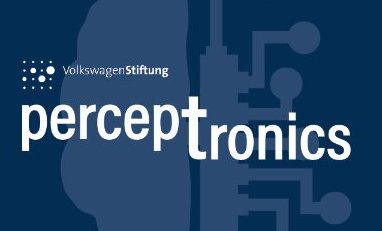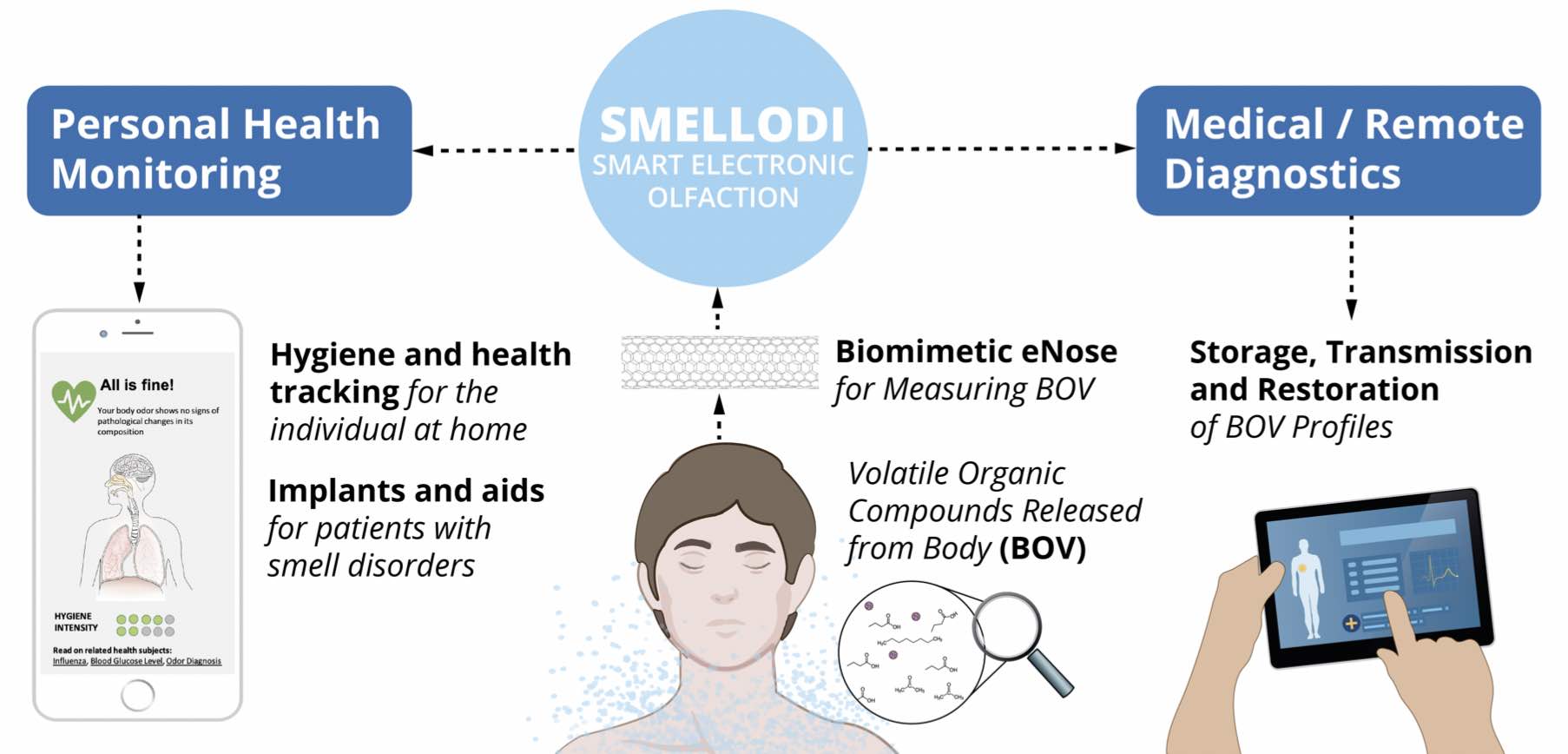
A memristor (memory resistor) is a fundamental electronic component that can regulate the flow of electrical current and "remember" its history of resistance. Unlike traditional resistors, which maintain a fixed resistance, memristors can change their resistance based on the amount and direction of electrical charge passing through them. This ability makes memristors particularly suitable for mimicking synaptic functions in the human brain, making them ideal for neuromorphic computing applications.
Odor recognition, or olfaction, is a complex process in biological systems, requiring fast and accurate pattern recognition of chemical signals. Traditional electronic nose (e-nose) systems rely on conventional machine learning algorithms and traditional computing methods, which struggle with real-time processing, adaptability, and power efficiency. Neuromorphic olfaction, inspired by the way biological brains process smells, offers a more powerful and efficient approach to pattern recognition by leveraging the brain's structure for parallel processing and dynamic learning. In this context, memristor-based neuromorphic computing offers significant advantages for odor recognition, such as efficiency and low power consumption and parallel and scalable processing. Memristors can process and store information at the same physical location, enabling faster computations and reduced energy consumption compared to traditional von Neumann architectures. Neuromorphic systems can handle large datasets with parallel processing capabilities, leading to faster and more robust odor pattern recognition.
By combining memristors with neuromorphic olfaction, we can develop an advanced, low-power, highly efficient odor recognition system, which could revolutionize applications in health diagnostics, environmental monitoring, and food safety.
Main tasks:
• Explore various memristor materials and architectures for optimized performance.
• Develop algorithms for odor pattern recognition using spiking neural networks (SNNs) that are compatible with memristor-based neuromorphic hardware.
• Test and evaluate the neuromorphic olfaction system using a variety of odor datasets.
Student background:
• Strong foundation in electrical engineering, materials science, nanotechnology, or computer science.
• Knowledge of neuromorphic computing, memristor technology, and machine learning algorithms would be beneficial.
• Experience with circuit design, simulation tools, and programming languages (e.g., Python, MATLAB).
• Familiarity with sensor systems and signal processing for real-time data analysis is a plus.
Benefits to the student:
• Gain hands-on experience in cutting-edge neuromorphic hardware development and its applications in odor recognition.
• Work on interdisciplinary research at the intersection of materials science, electronics, and artificial intelligence.
• Contribute to innovative solutions in the fields of health monitoring, environmental sensing, and smart devices.
• Opportunity to collaborate with leading researchers, with potential for publications and conference presentations.
Reference:
[1]. Han, Joon‐Kyu, et al. "Artificial olfactory neuron for an in‐sensor neuromorphic nose." Advanced Science 9.18 (2022): 2106017.
[2]. Li, Zhiyuan, et al. "Emerging memristive neurons for neuromorphic computing and sensing." Science and Technology of Advanced Materials 24.1 (2023): 2188878.
[3]. Zhao, Quan-Liang, et al. "Olfactory-inspired neuromorphic artificial respiratory perception system with graphene oxide humidity sensor and organic electrochemical transistor." Carbon 218 (2024): 118765.













A memristor (memory resistor) is a fundamental electronic component that can regulate the flow of electrical current and "remember" its history of resistance. Unlike traditional resistors, which maintain a fixed resistance, memristors can change their resistance based on the amount and direction of electrical charge passing through them. This ability makes memristors particularly suitable for mimicking synaptic functions in the human brain, making them ideal for neuromorphic computing applications.
Odor recognition, or olfaction, is a complex process in biological systems, requiring fast and accurate pattern recognition of chemical signals. Traditional electronic nose (e-nose) systems rely on conventional machine learning algorithms and traditional computing methods, which struggle with real-time processing, adaptability, and power efficiency. Neuromorphic olfaction, inspired by the way biological brains process smells, offers a more powerful and efficient approach to pattern recognition by leveraging the brain's structure for parallel processing and dynamic learning. In this context, memristor-based neuromorphic computing offers significant advantages for odor recognition, such as efficiency and low power consumption and parallel and scalable processing. Memristors can process and store information at the same physical location, enabling faster computations and reduced energy consumption compared to traditional von Neumann architectures. Neuromorphic systems can handle large datasets with parallel processing capabilities, leading to faster and more robust odor pattern recognition.
By combining memristors with neuromorphic olfaction, we can develop an advanced, low-power, highly efficient odor recognition system, which could revolutionize applications in health diagnostics, environmental monitoring, and food safety.
Main tasks:
• Explore various memristor materials and architectures for optimized performance.
• Develop algorithms for odor pattern recognition using spiking neural networks (SNNs) that are compatible with memristor-based neuromorphic hardware.
• Test and evaluate the neuromorphic olfaction system using a variety of odor datasets.
Student background:
• Strong foundation in electrical engineering, materials science, nanotechnology, or computer science.
• Knowledge of neuromorphic computing, memristor technology, and machine learning algorithms would be beneficial.
• Experience with circuit design, simulation tools, and programming languages (e.g., Python, MATLAB).
• Familiarity with sensor systems and signal processing for real-time data analysis is a plus.
Benefits to the student:
• Gain hands-on experience in cutting-edge neuromorphic hardware development and its applications in odor recognition.
• Work on interdisciplinary research at the intersection of materials science, electronics, and artificial intelligence.
• Contribute to innovative solutions in the fields of health monitoring, environmental sensing, and smart devices.
• Opportunity to collaborate with leading researchers, with potential for publications and conference presentations.
Reference:
[1]. Han, Joon‐Kyu, et al. "Artificial olfactory neuron for an in‐sensor neuromorphic nose." Advanced Science 9.18 (2022): 2106017.
[2]. Li, Zhiyuan, et al. "Emerging memristive neurons for neuromorphic computing and sensing." Science and Technology of Advanced Materials 24.1 (2023): 2188878.
[3]. Zhao, Quan-Liang, et al. "Olfactory-inspired neuromorphic artificial respiratory perception system with graphene oxide humidity sensor and organic electrochemical transistor." Carbon 218 (2024): 118765.











